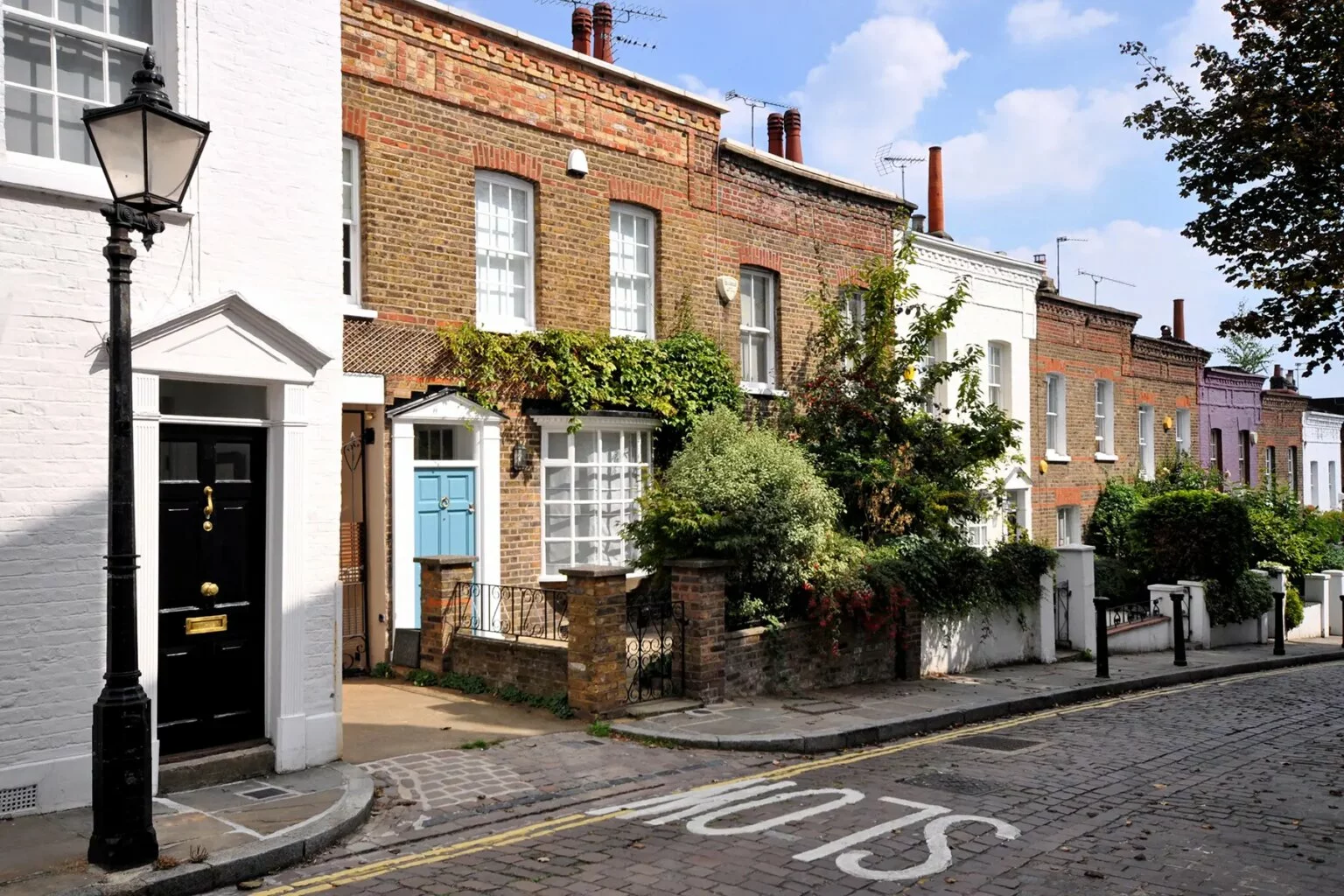International investors are still bullish about prospects, driving further growth in several European property markets. Even in the UK, despite much post-Brexit uncertainty, big cities such as London and Birmingham remain on an upward trajectory. So what does this mean if you’re looking to buy a property in Europe, and what return can you expect?
This guide will explain the real estate market in Europe, and what to think about when buying property there:
- Why are real estate investors still flocking to Europe?
- Should you worry about low inflation when buying property abroad?
- What will happen with interest rates in Europe?
- What kinds of returns can European real estate investors expect?
- Risky vs. stable: where are the best places to invest in real estate?
- Should you consider a high-risk investment over a stable one?
- What should you know before buying property in Europe?
- What types of properties in Europe should investors consider for better returns?
- What about buy-to-let investments?
Wise
Buying a property abroad is a big step and involves important financial decisions. Wise, an international money transfer company, provides specialist support to help you navigate large international transfers and save on exchange fees. Fill out Wise’s online form today to find out how they can assist you.
Why are real estate investors still flocking to Europe?
Just a few years ago, everyone was predicting the end of Europe, especially the end of continental Europe. But we have still seen ever-increasing property prices as investors flock to the markets; Berlin, Lisbon, Dublin, Rotterdam, and Zagreb are among the European cities experiencing high levels of growth. This is good news for wealthy investors, but brings challenges for those less well-off and first-time buyers.
Indeed, real estate markets in Europe, whether commercial or residential, are actually very expensive. Yet the continent, with its modest economic growth and low inflation rates continues to attract global investors.
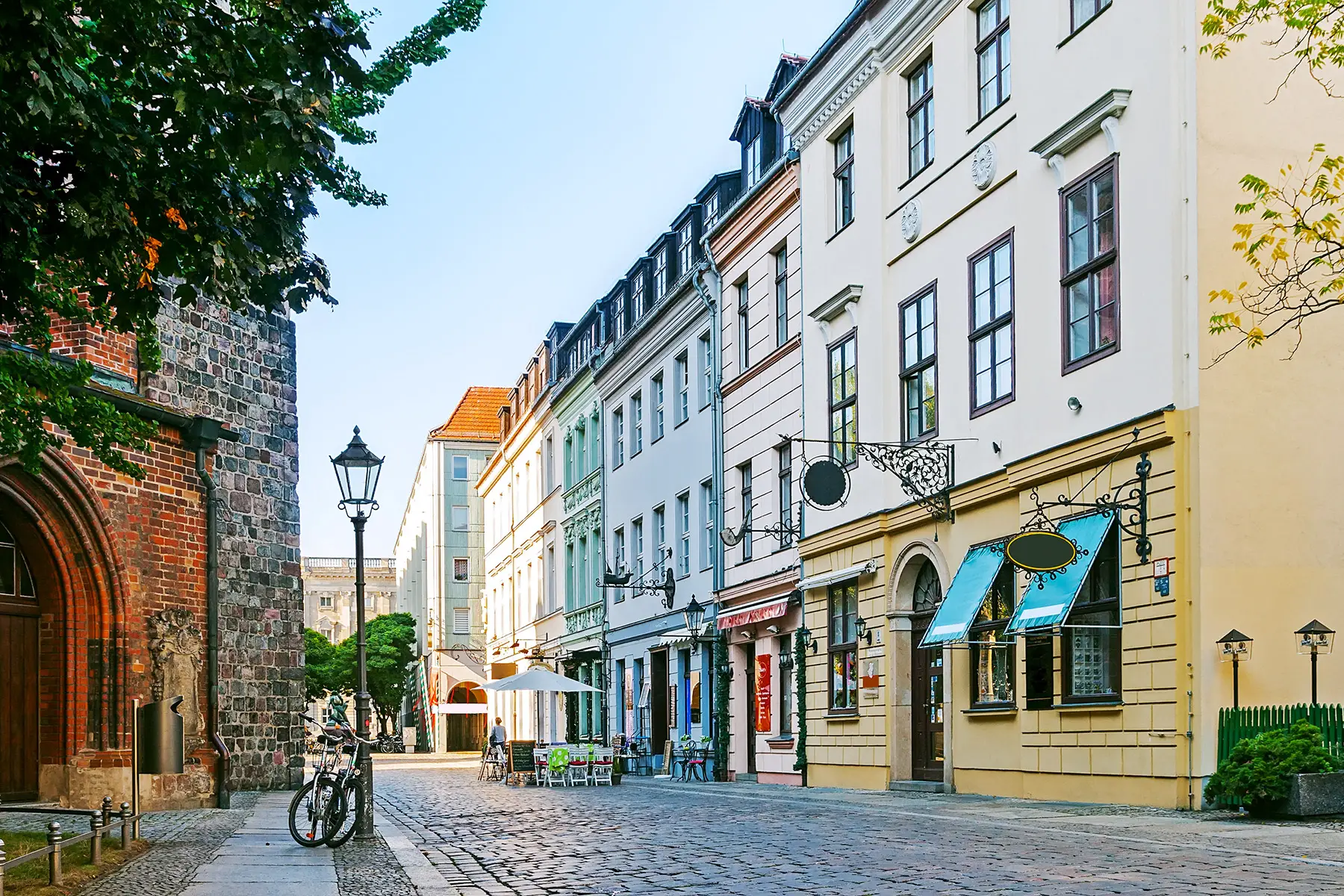
The reason for this is all linked to the monetary policy of the European Central Bank (ECB), and it has nothing to do with real estate. The ECB has a loose monetary policy of keeping interest rates artificially low; in October 2021, it decided to keep them unchanged at 0.00%, 0.25% and -0.50% for as long as necessary. Investors, therefore, don’t see any other possibility than investing in real estate. Buying stocks can be too risky as they are volatile, and bonds are expensive considering yields are still hovering around very low levels.
The reality of real estate investments in Europe
While it’s expensive, real estate offers a cash yield, and for some, a net rental income of a few percent – this is a high return compared to zero interest offered on other assets.
The reality is that some emerging markets are in trouble with declining growth rates, turmoil, lower commodity prices, and volatility in currencies. Rich investors from emerging markets are turning to Europe because they had to diversify due to such problems. Another reality of investing in property is that it drives up rental prices in many major cities, leading to discontent in Berlin and Amsterdam.

There are property markets performing well in general with lots of international capital flows. In essence, real estate is equivalent to a secured bond, especially if you buy in the prime property markets in Germany, for example.
That said, there is still potential elsewhere in Europe for a better economy and higher inflation to influence your investment. This is the main reason why real estate in continental Europe and other recovering markets has performed so well.
Should you worry about low inflation when buying property abroad?
Some investors ask about the lack of inflation and whether it still matters. Because of inflation, investments are usually protected. Today, however, we don’t have inflation or, if we do, it’s a mere few percent. When investors ask if it stills matters, the answer is yes.
Inflation in the Eurozone is currently at 4.1% as of October 2021, and is not expected to soar substantially in the coming years. If, for one reason or another, inflation were to recover further, real estate investors could benefit. Because, besides a potential rise in the value of their investments, rental contracts are generally indexed and reviewed upwards on a regular basis, as in the UK.
What will happen with interest rates in Europe?
Higher interest rates have been predicted for years, but everyone was wrong. Interest rates are still very low – stabilizing at best – but they are certainly not rising significantly. Europe is now in a situation with interest rates mostly below 1%.
Without any inflation, yields or potential profits will not rise. Despite this, investors know that if they buy today, they benefit from financing at a very low cost of borrowing. This trend is occurring almost everywhere in the world; housing markets are very popular. Everybody is trying to finance or refinance their mortgage to acquire a home while mortgage rates are so low.
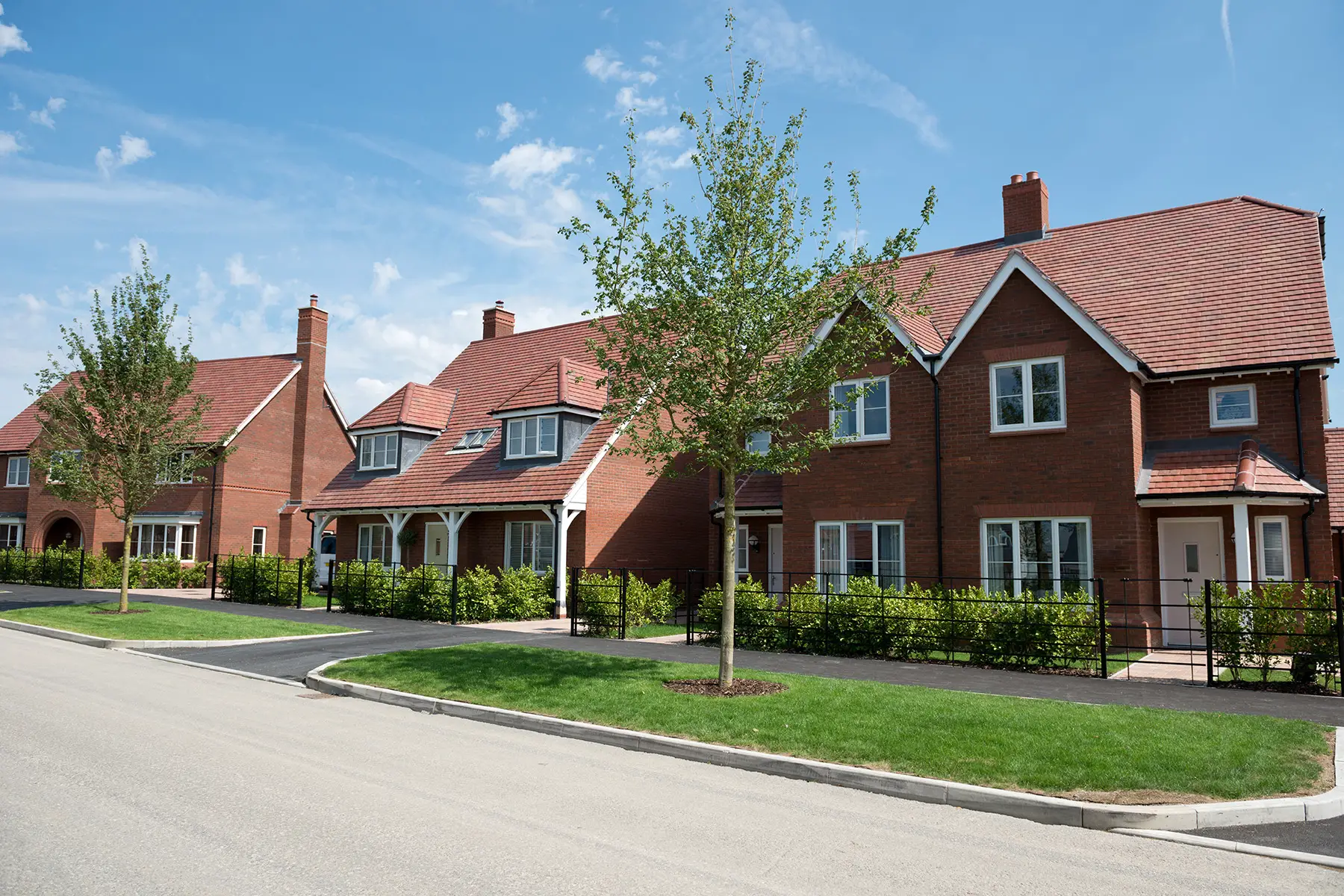
Many investors ask about the artificially low interest rates: how long will they last? Another year, two or maybe three? Nobody knows for sure, but we do know that interest rates will rise again. We may then have a serious market problem; if you bought property, whether commercial or residential, with low yields of 3%, even a 1–2% rise in interest can have a serious influence on your profit return.
When financing your real estate, it should be done at fixed rates. Buyers shouldn’t consider financing at floating rates, because besides being dangerous, with interest rates so low, why consider a floating rate? This is no longer necessary.
Even if interest rates were to later rise, your cost of borrowing would be fixed. Additionally, if inflation rises, your cost of borrowing stays capped while your rental income can potentially rise in line with inflation; this is how real estate investors can make money in the future.
When it comes to purchasing costs, Wise has a specialist team to help move large transfers abroad and can save you money on currency exchange fees.
What kinds of returns can European real estate investors expect?
In the core markets of Europe, returns are expected to be positive but on the low side. You may not make 10–15% a year, but you might have a cash return of a few percent a year. In reality, the focus of investors should be on cash, not on capital gains, because core residential markets are already expensive.
The commercial market is similar: either you buy in the established office and retail markets, and expect a cash return of around 4–6% with limited capital gains, or you buy in recovering markets. This might include southern and central Europe, perhaps Ireland and Central Europe, and the more regional cities in European countries. The returns could be higher though, but with much higher risks.

The euro is currently fairly stable, 1.19 against the pound and 0.89 against the dollar as of October 2021. European real estate is in extremely high demand, and it’s an interesting asset class. Still, investors should not overestimate their return expectations.
Risky vs. stable: where are the best places to invest in real estate?
On one hand, we have the core, established property markets that hardly saw any crisis. On the other hand, main European capitals such as London and Paris are considered safe havens for real estate. The UK, France, and Germany, for example, took the bulk of investment volume accounting for more than 70% of transactions prior to 2016–17, and they remain the firm favorites for investors. Certain neighboring countries in southern Europe, as well as some countries in the north and in central Europe, had more volatile markets earlier in the decade, but are now experiencing growth.
Property in the UK
The UK has so far weathered the threat of Brexit uncertainty, with London continuing to experience strong demand and competition for its best stock. Rail projects such as Crossrail and HS2 are leading to increased investment into areas such as Birmingham, Essex, and Berkshire.
Meanwhile, Manchester and the North East region are also benefiting from multi-million pound investment projects.
Investing in France
In France, Paris continues to attract strong investment and offers rental yields of between 3-4%. With the 2024 Summer Olympics and Grand Paris – currently the largest transport infrastructure in Europe – on the horizon, things are expected to remain strong. Further south, Lyon is experiencing strong economic growth and job creation, which is generating demand for properties.
Real estate in Germany
Many people now consider Germany as one of the best countries to invest in. In fact, major cities like Berlin, Hamburg, Frankfurt, and Munich are making the top-ten lists of best places to invest in real estate. Bear in mind, however, that unfair housing policies have led to an appetite for expropriation of property from corporate landlords with over 3,000 properties. It remains to be seen whether this will come into effect, and what it means for small-scale landlords and first-time real estate buyers.
Real estate elsewhere in Europe
An investor has the possibility to either invest in very expensive property in established European markets – but it is a secured investment at a low return – or to invest in those markets where prices have fallen but are recovering. Investors who are willing to take a bit more risk could have a higher return but not without taking a gamble.
Sweden is definitely one to keep an eye on. GDP grew by 2.7% in 2018 and there was a 17% increase in investment. Real estate investors can look to take advantage of low interest rates to invest in property in cities such as Stockholm.
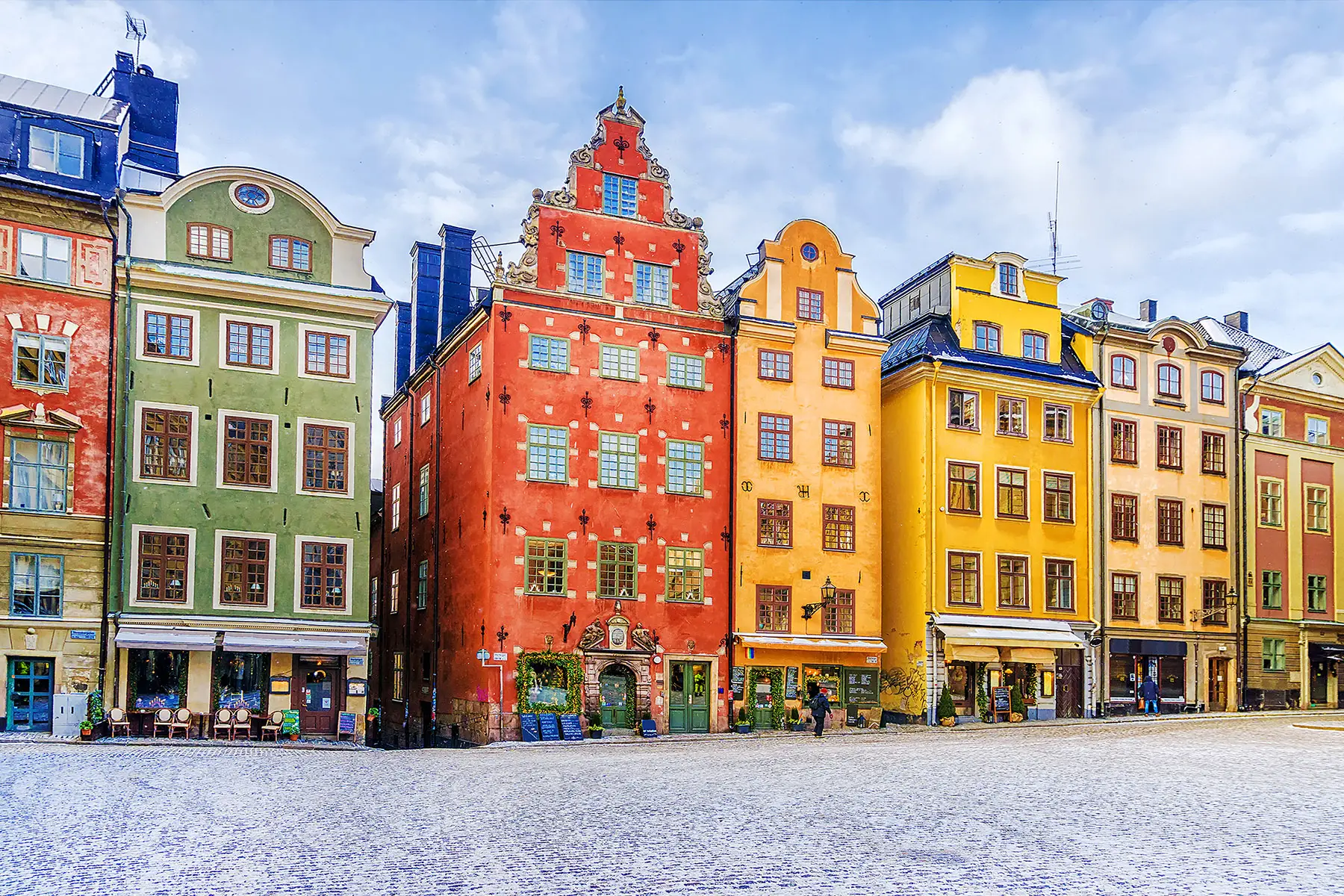
It’s also worth considering buying property in Central and Eastern Europe. Prague in the Czechia has undergone something of a commercial property boom in the last two years. Across the border in Poland, there has been development taking place in Warsaw; this has caught the attention of eagle-eyed investors. Another city seemingly on the verge of a boom is Bucharest, Romania.
Europe is now offering opportunities both to defensive and opportunistic investors. We see a mix of investors – those who are investing in the core markets with an expectation of a few percent return, and those who are investing in European countries to benefit from the property market recoveries.
Should you consider a high-risk investment over a stable one?
Ultimately, it all comes down to what kind of investment you want to make, how much of a risk you want to take, and how much of a return you are looking for. High-risk investments in more emerging property markets can be rewarding. However, you should research any potential investments thoroughly, and only invest what you are prepared to lose should things not work out as expected.
You should also spend some time looking into what is involved. While properties in recovering markets can be cheaper, there is some primary work that you need to do before acquiring any property abroad. Beyond the legal ins and outs of foreigners buying property, each country will have its own paperwork and administrative requirements; this can add time and money to the transaction.
In Spain, for example, a Spanish notary is not obliged by law to disclose all information so you will need to instruct a lawyer to carry out additional work to ensure, for example, that the building permit is valid and that there are no hidden costs attached (e.g. shared community charges).
What should you know before buying property in Europe?
Every country will have fiscal implications you need to check, as follows:
- what local taxes you have to pay
- if you are subject to pay capital gains
- what happens to the property in the event of death
- whether you need to pay inheritance taxes.
Your net returns on property investments will likely decrease in the coming years. After all, it’s reasonable to assume that taxes, charges, and costs will rise in many countries across Europe. Taxes are, in fact, going up and some mortgage relief measures are diminishing, for example, in the Netherlands.

This should not be a reason to abstain from buying property in Europe; so far, investors have not been discouraged to buy property despite higher taxes. It can, however, eat into your return, and investors should know that in advance.
Still, the very low cost of borrowing offsets the negative impact of these fiscal issues. This is a key reason why, in many stable European countries, housing prices have either stabilized or risen significantly; as in Germany and a number of other markets.
What types of properties in Europe should investors consider for better returns?
A major trend in the European housing market is buyers seeking out smaller houses. They no longer choose to acquire grand villas; after all, these are expensive to buy and maintain. The elderly in particular are the ones with money, but they often can’t cope with maintaining huge houses. Younger people, on the other hand, don’t have the money but aren’t willing to spend time maintaining large properties. Therefore, we see the luxury segment has more vacancies and large villas dominate the market.
Instead, senior citizens would rather sell their houses and reinvest in smaller luxury apartments with a view. They are willing to put a lot of money in a five-star apartment without too much work.
Nowadays, many young people have to rely on their parents’ generosity to be able to afford property. That said, it gives a better return than putting money into the bank – they will get little return since interest rates are around zero. If parents want to help their children, they might consider investing in smaller, more affordable housing.
This is not only a financial trend, but a social one. Property developers and investors should therefore consider houses and apartments of a medium size or smaller. They should also look into properties that are energy-efficient, which is obviously big business almost anywhere in the world.
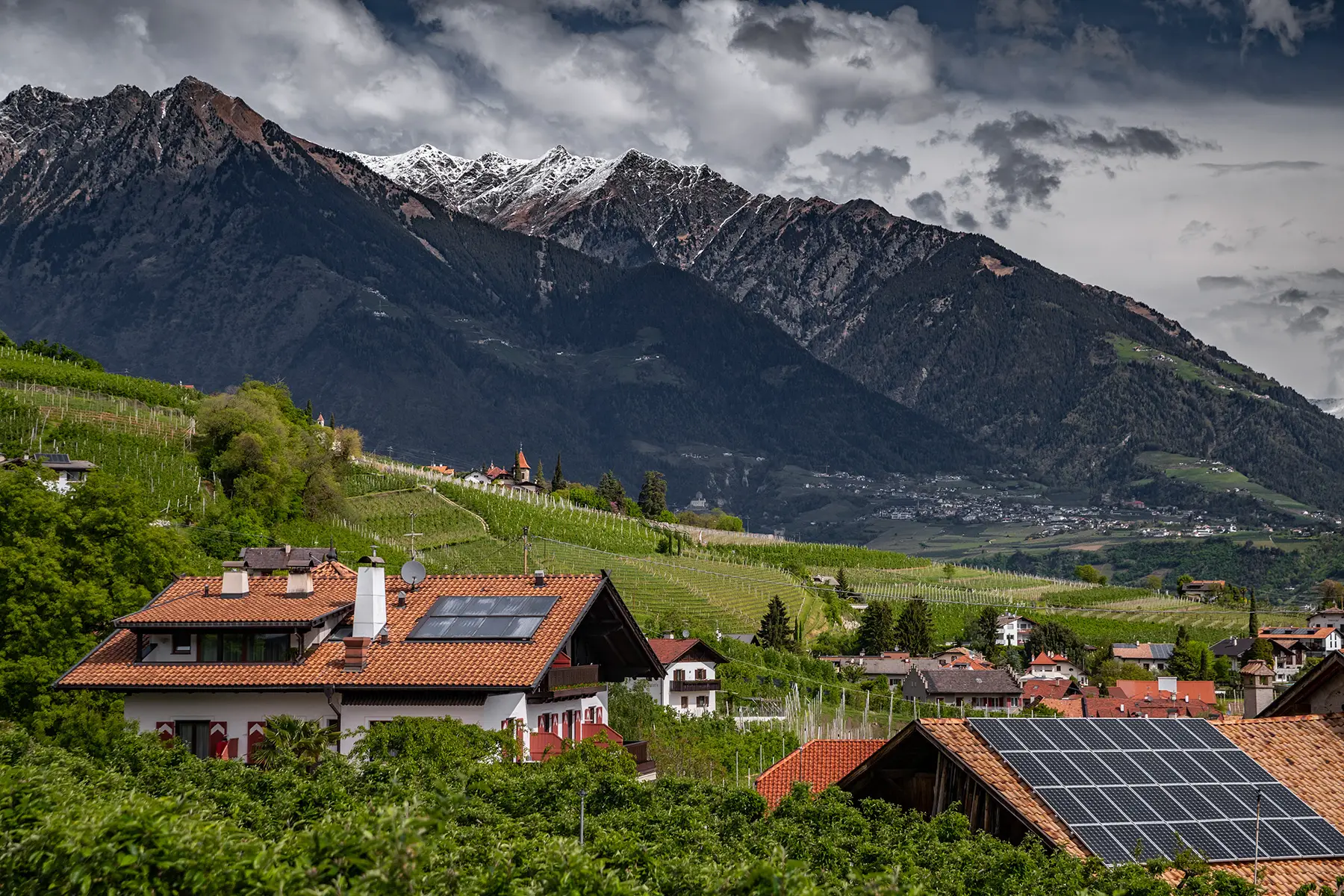
This small trend will even accelerate in the coming years. Even Dubai, which strives to have the best, tallest, and longest buildings, is focusing on building smaller apartments and houses.
What about buy-to-let investments?
This trend has accelerated in the past few years, as real estate is, rightly or wrongly, increasingly considered as an investment object. Even families are buying property in Europe as a second home with the idea to find a tenant.
If you do rent out a buy-to-let property, you might have a rental yield of 2–4% net after charges. This is not too high as a return – it is even on the low side – but today, everything is relative. If we compare this to a 1% yield on a long-term corporate bond, at least a buy-to-let property allows investors to potentially cash in on higher yields.


